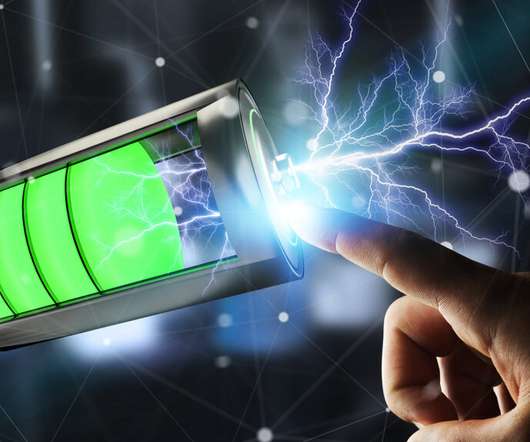GE Durathon batteries successfully power underground mining scoop
Green Car Congress
SEPTEMBER 12, 2013
In trials, GE’s sodium metal halide Durathon batteries ( earlier post ) have successfully powered GE Mining’s Scoop, an underground vehicle that transports mining materials, at Coal River Energy, LLC in Alum Creek, West Virginia. Sodium-metal halide cell basic chemistry. Click to enlarge.












Let's personalize your content